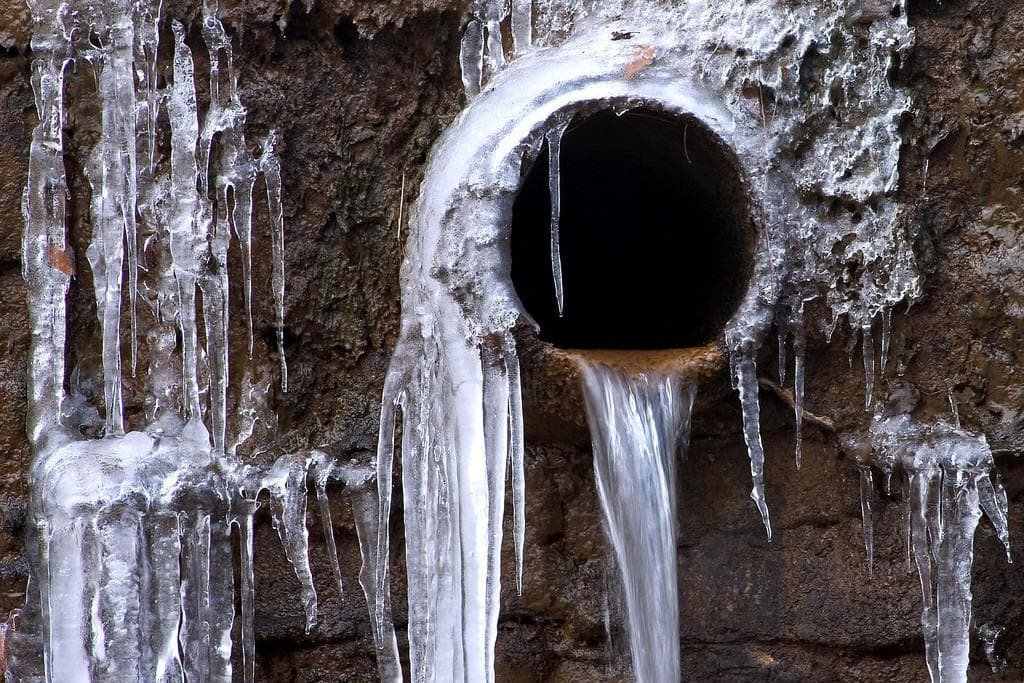Shielding Your Pipes from Cold Weather Damage: Essential Tips
Shielding Your Pipes from Cold Weather Damage: Essential Tips
Blog Article
They are making a number of great points regarding Preventing and dealing with frozen pipes as a whole in this content following next.

Cold weather can ruin your pipes, specifically by freezing pipelines. Right here's how to prevent it from happening and what to do if it does.
Intro
As temperatures decline, the risk of frozen pipelines increases, potentially leading to costly fixings and water damages. Comprehending exactly how to prevent frozen pipes is vital for property owners in chilly environments.
Recognizing Icy Pipes
What creates pipelines to freeze?
Pipes freeze when revealed to temperature levels listed below 32 ° F (0 ° C) for extended periods. As water inside the pipes freezes, it increases, taxing the pipeline wall surfaces and possibly triggering them to rupture.
Dangers and damages
Icy pipelines can result in water supply interruptions, residential or commercial property damage, and pricey repair work. Ruptured pipes can flood homes and trigger substantial architectural damage.
Indications of Frozen Pipes
Determining icy pipes early can avoid them from breaking.
How to determine icy pipes
Search for reduced water circulation from taps, unusual odors or noises from pipes, and visible frost on subjected pipelines.
Prevention Tips
Insulating susceptible pipelines
Wrap pipes in insulation sleeves or utilize warm tape to secure them from freezing temperature levels. Concentrate on pipelines in unheated or exterior areas of the home.
Heating methods
Keep interior spaces properly warmed, specifically areas with pipes. Open up cupboard doors to allow cozy air to circulate around pipelines under sinks.
Safeguarding Outside Pipes
Garden hoses and outside taps
Detach and drain pipes yard hose pipes before winter months. Mount frost-proof faucets or cover outside faucets with protected caps.
What to Do If Your Pipes Freeze
Immediate actions to take
If you suspect icy pipelines, keep faucets open up to soothe stress as the ice melts. Make use of a hairdryer or towels taken in warm water to thaw pipes gradually.
Long-Term Solutions
Structural adjustments
Take into consideration rerouting pipes far from exterior wall surfaces or unheated areas. Include additional insulation to attic rooms, basements, and crawl spaces.
Updating insulation
Invest in top notch insulation for pipes, attics, and wall surfaces. Proper insulation assists keep consistent temperature levels and reduces the danger of icy pipelines.
Conclusion
Stopping icy pipelines requires proactive procedures and fast actions. By comprehending the causes, signs, and preventive measures, home owners can shield their pipes during cold weather.
5 Ways to Prevent Frozen Pipes
Drain Outdoor Faucets and Disconnect Hoses
First, close the shut-off valve that controls the flow of water in the pipe to your outdoor faucet. Then, head outside to disconnect and drain your hose and open the outdoor faucet to allow the water to completely drain out of the line. Turn off the faucet when done. Finally, head back to the shut-off valve and drain the remaining water inside the pipe into a bucket or container. Additionally, if you have a home irrigation system, you should consider hiring an expert to clear the system of water each year.
Insulate Pipes
One of the best and most cost-effective methods for preventing frozen water pipes is to wrap your pipes with insulation. This is especially important for areas in your home that aren’t exposed to heat, such as an attic. We suggest using foam sleeves, which can typically be found at your local hardware store.
Keep Heat Running at 65
Your pipes are located inside your walls, and the temperature there is much colder than the rest of the house. To prevent your pipes from freezing, The Insurance Information Institute suggests that you keep your home heated to at least 65 degrees, even when traveling. You may want to invest in smart devices that can keep an eye on the temperature in your home while you’re away.
Leave Water Dripping
Moving water — even a small trickle — can prevent ice from forming inside your pipes. When freezing temps are imminent, start a drip of water from all faucets that serve exposed pipes. Leaving a few faucets running will also help relieve pressure inside the pipes and help prevent a rupture if the water inside freezes.
Open Cupboard Doors
Warm your kitchen and bathroom pipes by opening cupboards and vanities. You should also leave your interior doors ajar to help warm air circulate evenly throughout your home.

I'm very occupied with How To Avoid Freezing Pipes and I'm hoping you liked our blog entry. Sharing is caring. Helping others is fun. I truly appreciate your readership.
Get A Free Quote Report this page